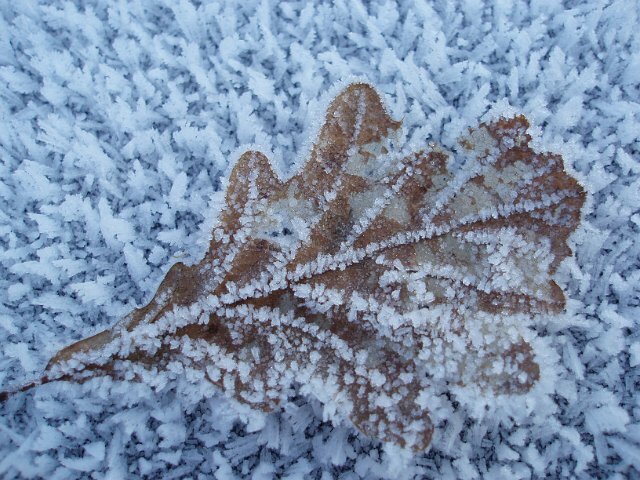What to do in the garden when late fall arrives with shorter days and chillier temps? Before hunkering down to binge on your favorite reality shows or must-see series, it’s time to ‘batten down the garden hatches.’ Some things to do include:
With your garden stripped to its ‘bare bones,’ it’s also a good time to evaluate its structure and winter interest. Read my blog post Brighten Your Winter Landscape with Color and Texture for ideas about improvements you can make.
Photo credit: creativity103.com
- Empty and store your garden hoses.
- Drain and store your rain barrel. Then reinstall your downspout.
- Set out feeders to help sustain hungry feathered visitors to your yard. Check out my blog post for bird feeding tips.
- Top dress your vegetable beds with two to three inches of organic material such as compost, shredded leaves or leaf mulch. The material will break down over the winter and spring, providing a nutrient boost for when you’re ready to plant.
- If you absolutely must trim back your perennials, leave 12” to 18” inches of the main stems. Some insects use the stems’ pith (center space) as winter homes.
- Frost heaving—when a plant’s roots become exposed from freeze/thaw cycles—can be an issue for shallow rooted perennials, especially those planted in the fall. To help prevent frost heaving, the Missouri Botanical Garden recommends applying an organic mulch at a depth of four inches after a hard frost. Too much mulch can make the ground soggy and leave plants susceptible to rodent damage. Avoid burying the plant’s crown (the aboveground stems and leaves).
- Once your shrubs and trees have dropped their leaves, look for dead or damaged branches. Remove those that could damage your plants, home or other structures if they broke off—a hazard particularly during heavy snows or ice storms. Hold off any other pruning until late winter/early spring.
- Broad and narrow-leafed evergreens continue to transpire water over the winter. Help slow water loss by mulching around the base of your evergreens, keeping the mulch away from the trunk. Protect evergreen foliage from scorching winter winds by using a natural anti-desiccant spray such as Wilt-Pruf. These sprays provide a protective waxy coating to reduce foliage water loss. Make sure you carefully read the product’s label before applying.
- Young shrubs and trees can be vulnerable to winter wildlife. Protect these plants by installing fencing around them. The University of Wisconsin-Madison recommends using ¼” mesh-size metal hardware cloth. The ¼” mesh-size hardware cloth is usually available in heights of 24” and 36.” The latter size will provide more protection if snow piles up. Don’t use chicken wire: it has holes large enough for voles and mice to slip through. Check out these additional tips on protecting trees and shrubs from winter wildlife damage.
With your garden stripped to its ‘bare bones,’ it’s also a good time to evaluate its structure and winter interest. Read my blog post Brighten Your Winter Landscape with Color and Texture for ideas about improvements you can make.
Photo credit: creativity103.com
